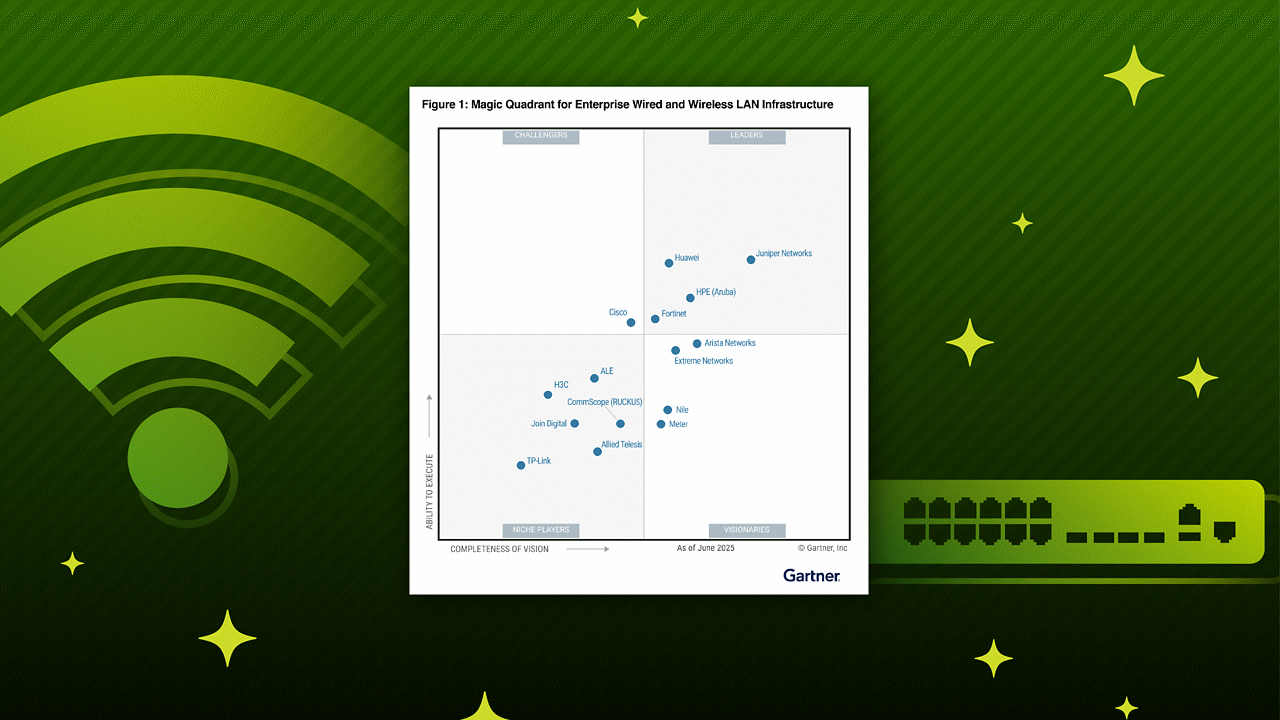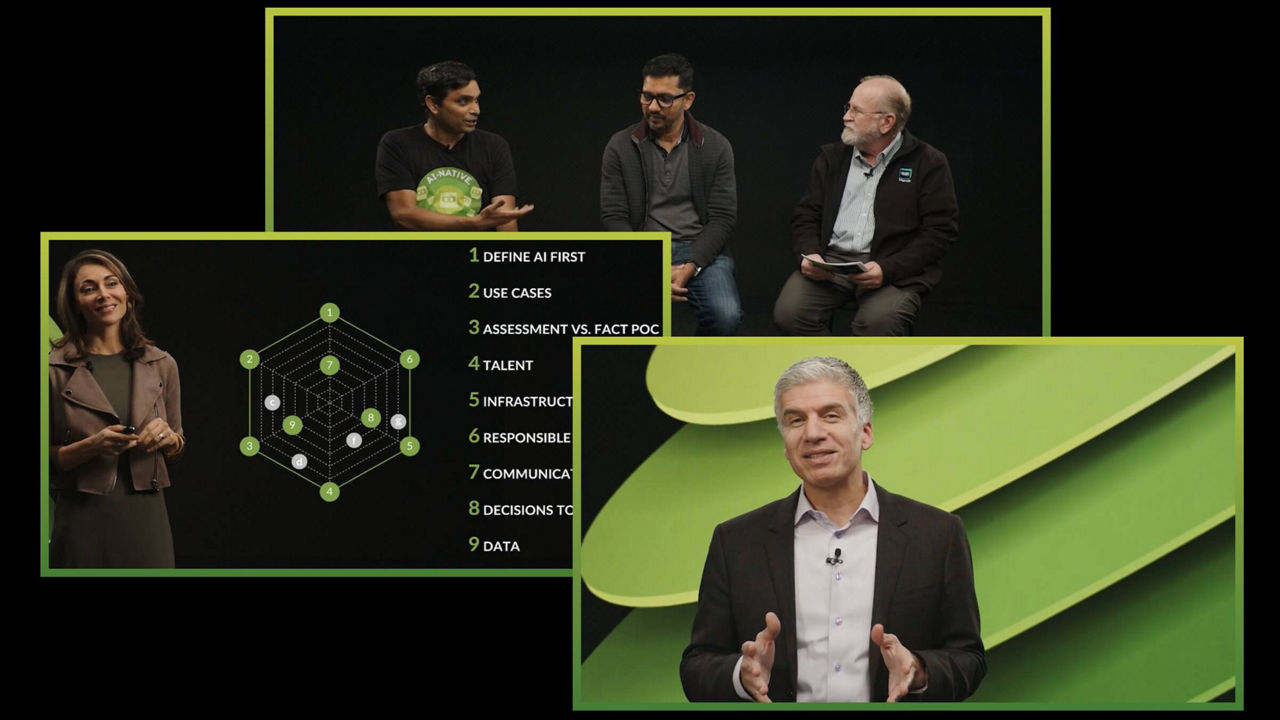In modern times, when you need to buy something – be it a hardware tool to fix your house plumbing or a treat for your pet – people’s first preferred
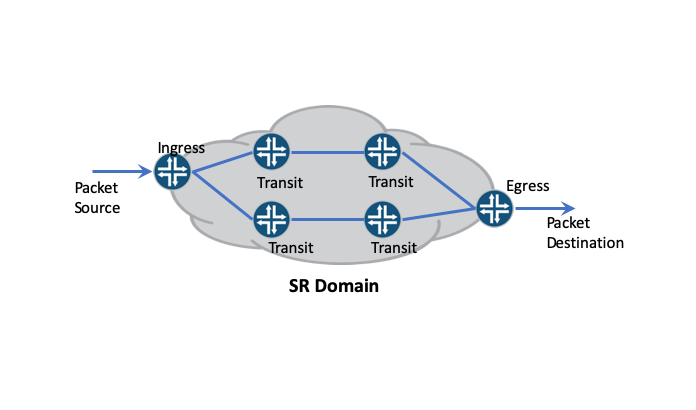
If you are interested in learning the basics of Segment Routing (SR), you have arrived in the right place. Whether you are new to SR or simply looking to learn more

Juniper Networks has a distinguished record as a disruptor and a change leader in the networking industry. Juniper technologies helped fuel the rapid growth of the internet in the early
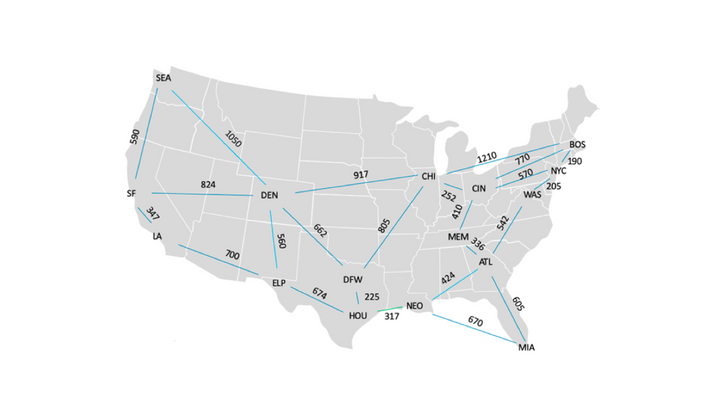
In last week’s blog, we followed a typical service provider through the early stages of SR deployment. While this blog did not reflect the actual deployment experiences of a real service
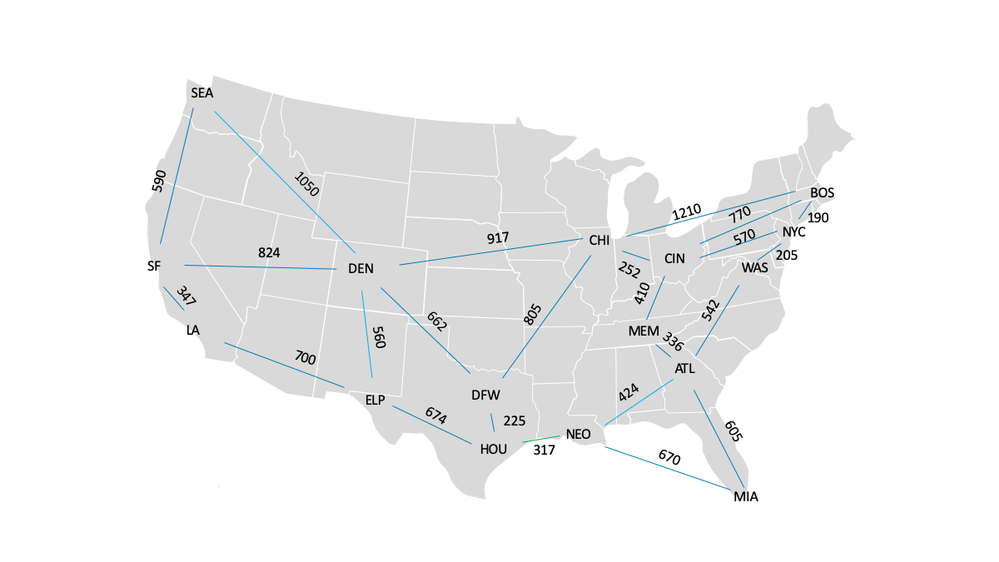
In previous blogs, we introduced Segment Routing (SR) paths, segments, and label stacks. Now that we are familiar with SR fundamentals, we can discuss the most common SR application, Traffic Engineering (TE).
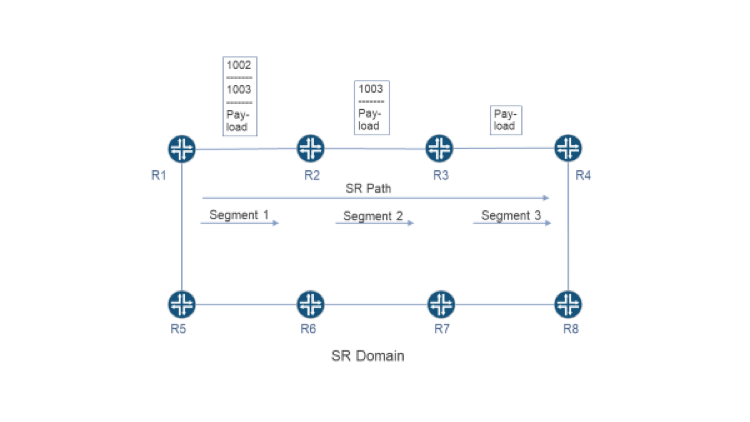
In last week’s blog, we explained that a Segment Routing (SR) path is an ordered list of segments. We also explained that a segment is an instruction that causes a packet
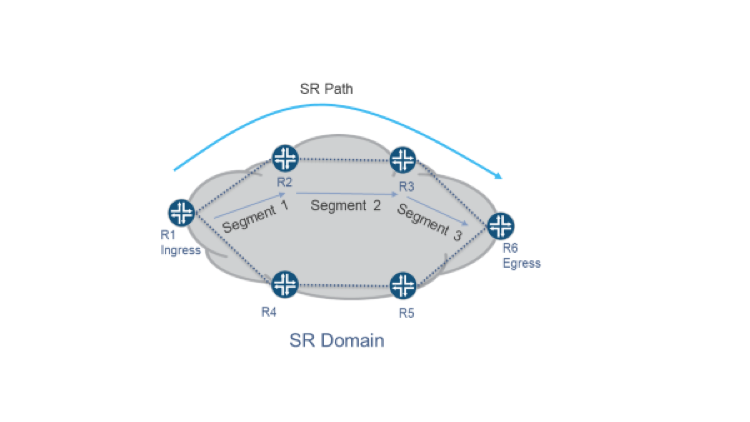
In last week’s blog, we introduced Segment Routing (SR) as an innovative traffic steering mechanism. We also introduced SR domains, policies, paths and segments. This week, we will explore them further. A
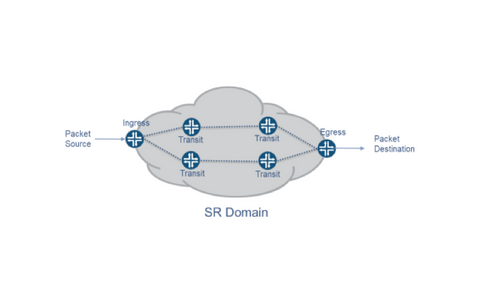
The Internet was initially designed to provide best-effort connectivity over a least-cost path. Relatively few sites were connected to the Internet, and within those sites, only applications that satisfied an

In a medical emergency, every second counts. The more paramedics can do on the scene, the better it is for the patient. A more stable patient also means less need

At the Open Compute Project (OCP) Global Summit in San Jose, CA earlier this month Juniper further demonstrated its commitment to open programmability with integrations with Software for Open Networking in the




